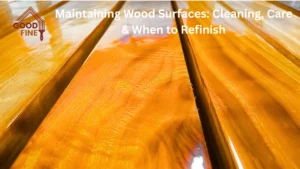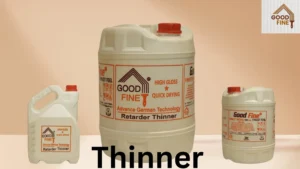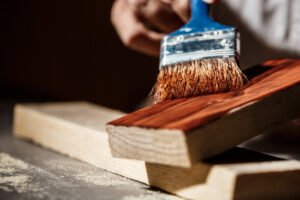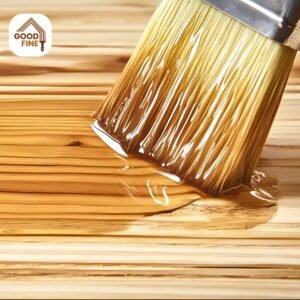Introduction : In the ever-evolving world of furniture manufacturing, the finish on a piece of furniture plays a far more critical role than just looks. It defines durability, aesthetic appeal, and resistance to wear and tear. For years, traditional wood polishes such as melamine, lacquer, and shellac have been used to protect and beautify wooden furniture in India. However, as design trends shift toward modern, high-gloss, and long-lasting finishes, the furniture industry has seen a massive shift toward PU (Polyurethane) paints.
In 2025, PU paints are redefining how furniture manufacturers and interior designers approach finishing. These coatings not only enhance the beauty of furniture but also improve its resistance to daily stress factors like humidity, scratches, and UV rays — making them ideal for the Indian climate and modern lifestyle.
This article takes a deep dive into why PU paints are replacing traditional polishes, their benefits, applications, and what furniture makers should know to stay ahead in this growing trend.
In 2025, PU paints are redefining how furniture manufacturers and interior designers approach finishing. These coatings not only enhance the beauty of furniture but also improve its resistance to daily stress factors like humidity, scratches, and UV rays — making them ideal for the Indian climate and modern lifestyle.
This article takes a deep dive into why PU paints are replacing traditional polishes, their benefits, applications, and what furniture makers should know to stay ahead in this growing trend.
What Are PU Paints?
PU Paints (Polyurethane Paints) are advanced coating systems made using polyurethane resins. They form a tough, flexible, and glossy protective layer over furniture surfaces — whether wood, MDF, or metal. PU coatings can be either water-based or solvent-based, and each type offers superior protection and finish compared to traditional methods.
Types of PU Paints
- PU Clear Coats: Transparent finishes that preserve the natural look of wood grains while adding protection.
- PU Pigmented Paints: Opaque finishes that allow manufacturers to add rich colors and glossy effects.
- Matt PU Coatings: Offer a soft, satin-like finish that appeals to minimalist design preferences.
- High-Gloss PU Finishes: Provide mirror-like reflection and are perfect for luxury furniture.
Traditional Polishes: The Old but Familiar Option
Before PU paints entered the market, most Indian manufacturers relied on melamine, French polish, or shellac to give furniture a finished look. These products offered a warm, natural feel but required frequent re-polishing, were not moisture-resistant, and faded easily under heat or sunlight.
Common Traditional Polishes
- French Polish: Made from shellac, gives a deep, rich tone but lacks durability.
- Melamine Polish: A synthetic option that provides some gloss but limited water resistance.
- Lacquer Polish: Offers quick drying but prone to yellowing over time.
PU Paints vs Traditional Polishes: A Detailed Comparison
| Feature | PU Paints | Traditional Polishes |
|---|---|---|
| Durability | Extremely durable, scratch and chip resistant | Prone to damage and fading |
| Finish Quality | High-gloss, smooth, luxurious appearance | Dull or semi-gloss, traditional look |
| Moisture Resistance | Excellent | Poor |
| Heat Resistance | High, suitable for kitchens & furniture | Low, gets damaged by heat |
| Maintenance | Easy to clean, long-lasting | Requires frequent re-polishing |
| Environmental Safety | Available in low-VOC, eco-friendly options | Higher VOC content, less eco-friendly |
| Lifespan | 7–10 years or more with care | 2–3 years before reapplication needed |
| Customization | Available in many colors and finishes | Very limited customization |





